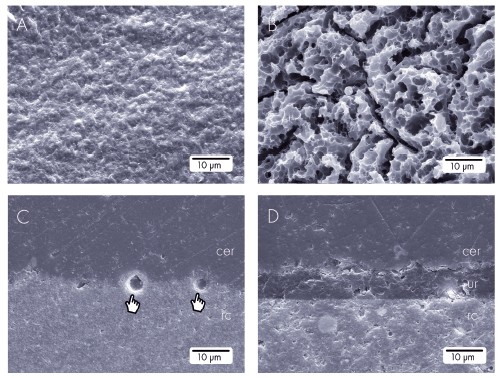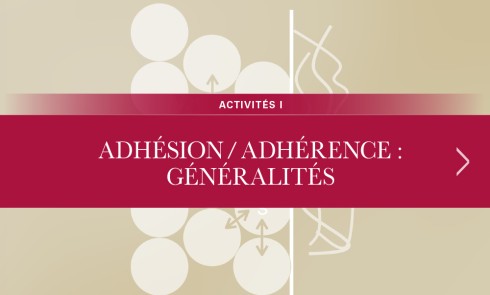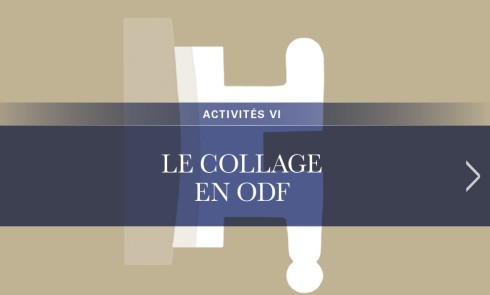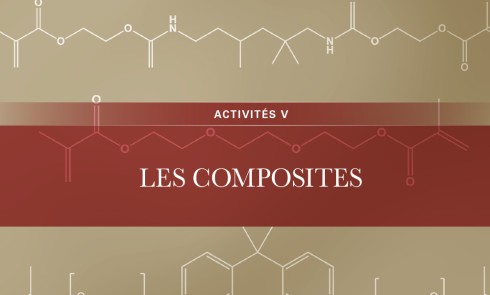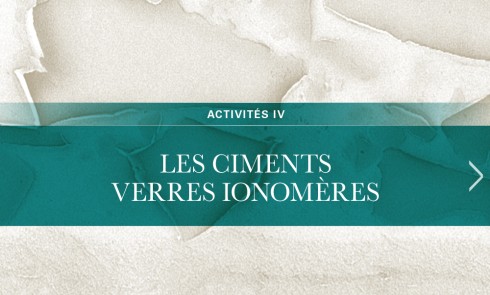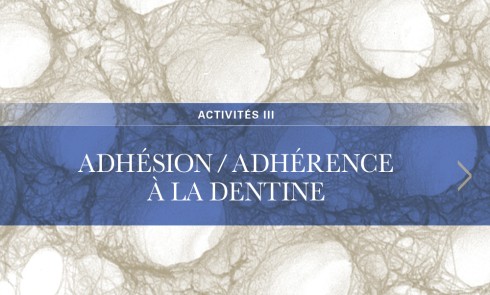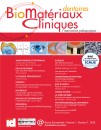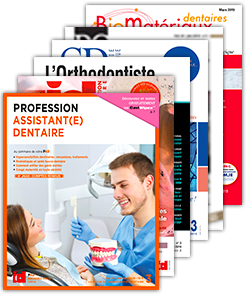Nano Spaces, Micro Structures, Macro Lessons
An invitation to look at everyday dentistry from a new perspective. From macro to micro to nano approach calls for a theory of multi-level models, where it is possible to defragment daily dentistry procedures from a microscopic perspective. Be able to see and to understand what happens in reduced scales, enlarge horizons on our daily practice.
Do you use adhesive at the inner surface1 of ceramic restorations ? Does it make any difference on bond strength2 ? On durability and reliability of ceramic-resin interfaces ?
These are a very frequent question the clinician faces when dealing with adhesive bonding of ceramic restorations. Well, let us take a step back and try to understand the whole scenario of etching3 and bonding procedures.
The surface modification of glass ceramics4 by etching results in increased contact surface area, improving the interaction between the ceramic and the bonding agent. To take full advantage of the increased energy on etched surfaces, the cement needs sufficient wettability5 to completely infiltrate the irregularities. Most manufacturers recommend the use of resin cements directly on the internal silanated ceramic surface. It remains questionable, however, if bonding resin only is efficient in properly wetting the surface and filling up all irregularities created by the etching process. This is especially of concern considering that the internal surfaces of indirect restorations are commonly irregular, macroscopically and microscopically. The use of a thin layer of unfilled resin (adhesive)6 after the silane has been advocated7 recently, and being able to see the consequences of this additional clinical step from a microscopic perspective could reinforce its importance. The use of this low-viscosity material (prior bonding cement material) improve adaptation of substrates along the ceramic-polymer interface, as well as the bonding strengths [1, 2].
On the SEM8 micrographs (D) is possible to see that the application of a hydrophobic low-viscosity…

